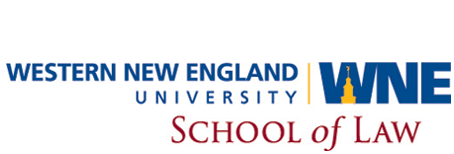The Commercial Temp Agency, the Union Hiring Hall, and the Contingent Workforce
Abstract
An integral feature of today's volatile labor markets is the pervasive use of temporary help and staffing firms to respond to the cyclical economy's fluctuating labor needs. Modern workplace law has not kept pace with this development. Federal labor law was enacted and developed during the middle decades of the twentieth century to govern stable, long-term employment relationships, not the vicissitudes of the now-ubiquitous temporary work relationship. The Labor Management Relations Act (LMRA) does not address temporary work in the statutory text, and it has not provided an effective regulatory regime to govern the operations of contemporary staffing firms and other profitdriven labor market intermediaries (LMIs). Despite certain notable legal breakthroughs and some exemplary efforts at creating alternative, nonexploitative agencies to challenge the likes of Labor Ready and Manpower, advocates of the rights of temporary workers have not yet crafted an effective legal framework that can advance the unionization and fair treatment of workers who are deployed by commercial, profitdriven LMIs. In this regard, little attention has been paid to the legal status of the for-profit temporary agency, the primary institution driving the expanded use of contingent workers. This chapter aims to help remedy this neglect by examining the history and sociolegal character of the temp agency, an institution which by conservative industry estimates deploys more than 2.5 million workers each day--more than the number employed by Wal-Mart or the "Big Three" automakers combined.
